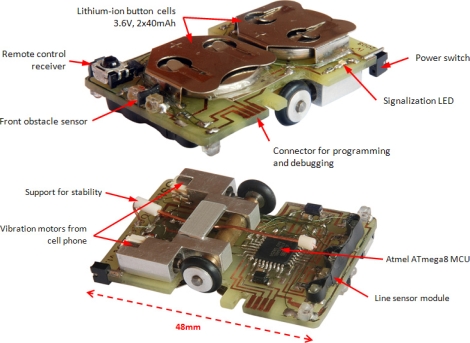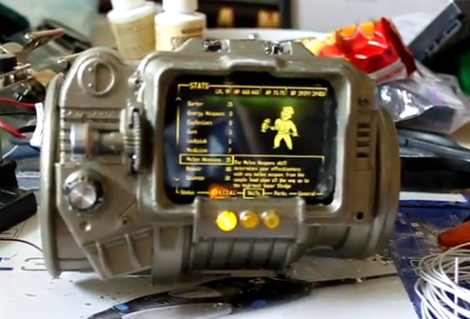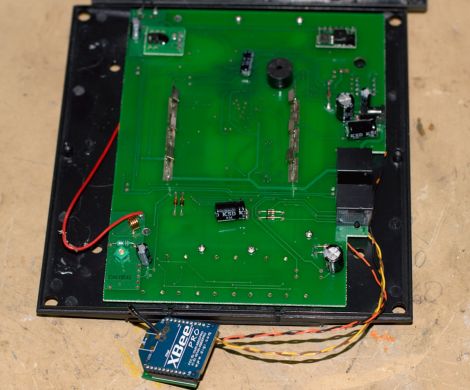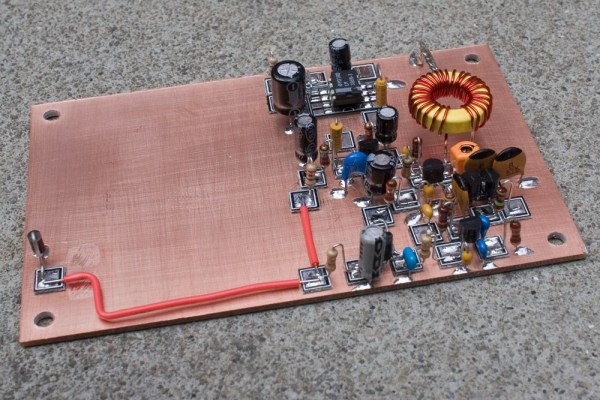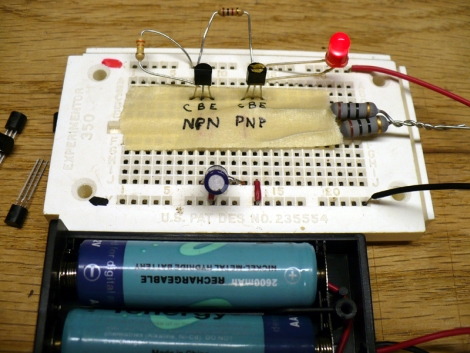
If you happen to live near a Micro Center retail store, you are now lucky enough to have another choice when it comes to purchasing DIY electronics components – SparkFun is selling their products at all Micro Center retail outlets.
While it seems SparkFun announced this change in June, we’re seeing quite a bit of buzz on the topic today. We’re pretty sure their entire catalog won’t be available in store, but they are promising a “wide-range of SparkFun products at all 23 Micro Center locations across the country.”
Known for being very DIY-friendly when it comes to building your own PC, Micro Center was a logical choice for SparkFun. There are definitely times when you need/want a part right away rather than waiting for it to ship, so this seems to be an ideal situation for hackers and makers within range of a Micro Center retail store.
This announcement definitely has us wondering if this will be one of the final nails in the Radio Shack coffin. While Micro Center doesn’t have nearly the market penetration Radio Shack does, a wider selection of components and a friendly, knowledgeable staff makes the SparkFun/Micro Center combination is a compelling one.
What are your thoughts? Let us know in the comments.

